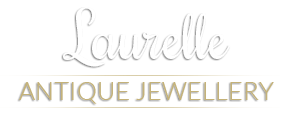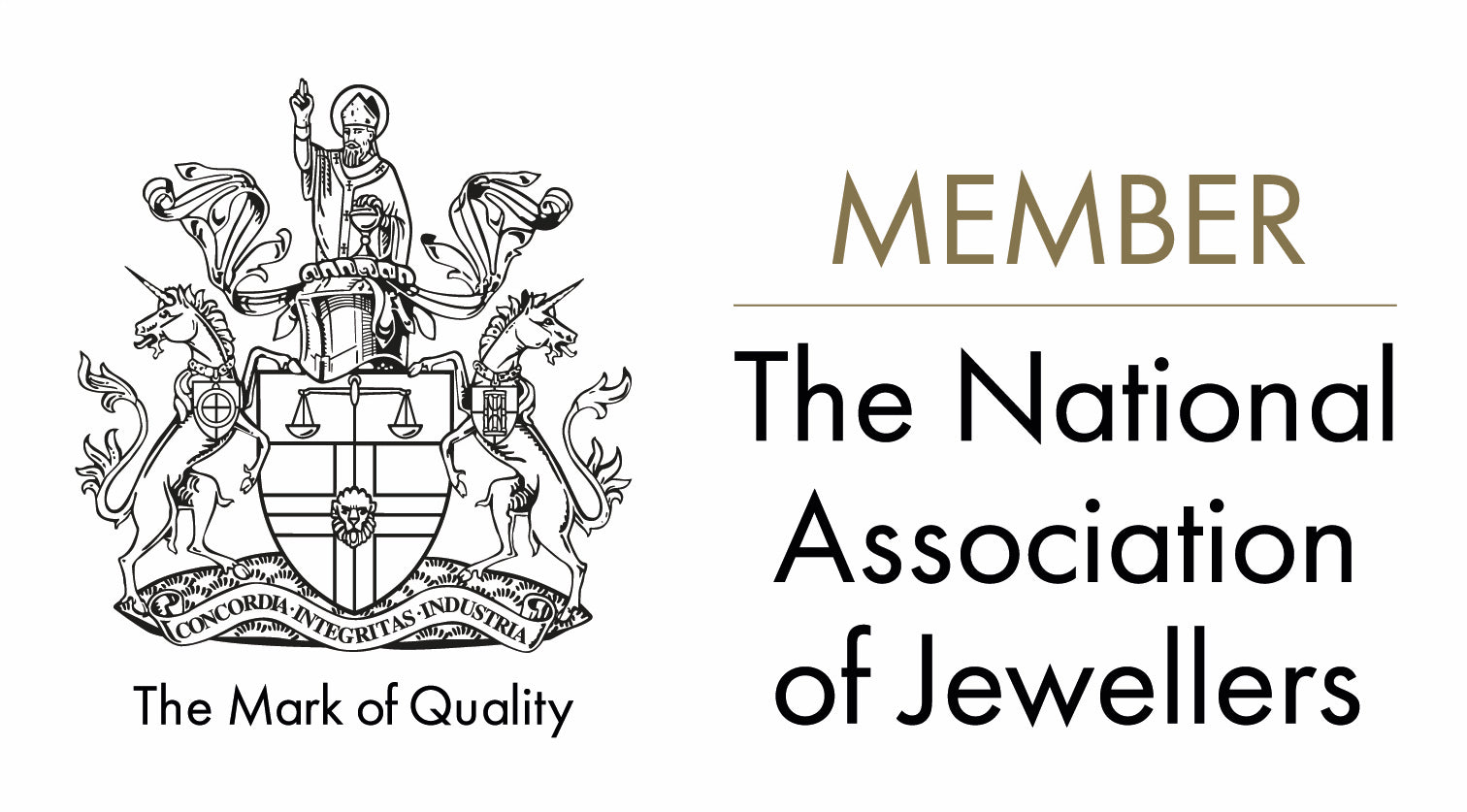How to buy Antique Engagement Rings
Whether you're a fan of Christmas or not there's something undeniably extra romantic and mystical about this time of year. Think candles at suppertime, mysterious moons on starry nights, owl calls in the countryside, low Winter sunrises on crisp mornings, long walks with your loved one. It's no wonder then that December is the most popular month of the year to propose marriage; Christmas Eve gets top slot, followed by New Years Eve.
Choosing an antique engagement ring for your Christmas proposal makes a bold statement and continues the theme of romance and mysticism so prevalent at this time of year. Antique rings are classed as such if they are at least 100 years old. It can be said they are rings with soul, have lived before, resilient survivors of wars and revolutions, bringing with them intrigue and secret stories of love, passion and endurance.
Antique engagement rings are certainly unique. This makes them the perfect choice for recipients who don't wish to follow the crowd with a contemporary, common-or-garden mass-produced ring. Antique rings are best suited to those who appreciate the beauty and meaning of wearing not only a piece of jewellery, but a piece of history, a work of art, upon their betrothal finger.
Proposals are usually all about preparation. So, whether you're planning to pop the question this Christmas or plan to drop some hints of weeny (or whopping) proportions, check out our quick how to buy antique engagement rings guide below to understand the various categories of antique engagement rings to help you find the right one.
Georgian Engagement Rings (1714 1830)
Pieces from this era are increasingly rare, with many aged over 300 years old. The styles often feature intricate metalwork achieved by the labour-intensive craftsmanship of the time. Designs typically feature bows, ribbons, leaves, feathers and flowers.
Stones were often cut in table-cut (square), rose-cut (dome-shaped), briolette (teardrop shape), cabochon (round or oval) or cushion cut/old mine cut (square with rounded edges like a pillow). Typically, stones were placed over a foil backing for extra reflective sparkle.
Georgian Rings can display some extent of fragility so care should be taken when wearing them and they're not really recommended for every day wear.
Victorian Engagement Rings (1837 1900)
Queen Elizabeth II was the longest-serving British monarch of all time. In the many years she reigned just think how our lifestyles, fashions and social influences have changed since she was crowned in 1952. Similarly, Queen Victoria's mammoth reign of 63 years also brought with it a great array of influences in style. For this reason, the Victorian period is often divided into three stylistic sub-eras, known as:
- Early Victorian/Romantic
- Middle Victorian/Grand
- Late Victorian/Aesthetic
Jewellery design turned a corner in this period with Queen Victoria and her love of Prince Albert almost palpable in the designs. Diamonds were a favourite of hers and with South African diamond mines opening this classic stone features prominently in this period, often enhanced by accompanying coloured gemstones.
Romantic motifs figured largely, with hearts, birds and flowers often being depicted.
Edwardian Engagement Rings (1901 1914)
Rings of this relatively short stylistic period are often characterised by filigree or lacey, intricate designs worked into the metal. Rings suggest a lighter, more pared-back grace of style compared to the Victorian era.
Platinum was often used for rings of this period. Given its silver colour which is so on trend today, combined with its robustness, rings featuring platinum from this era are a popular choice as engagement rings for todays couples.
View our complete collection of antique edwardian engagement rings we have for sale.
Art-Deco Engagement Rings (1920 1935)
This era was all about letting ones hair down (or daringly, getting it cut into a French bob!) and pushing back the boundaries and the chairs, to dance the night away. Jazz, flappers and pizzazz were the order of the day. This is evident in the design of the rings of the time; strong, bold, daring, geometric, edgy-but-elegant and decidedly different from previous eras.
Stones were cut more adventurously such as into the baguette shape or calibre (usually small, rectangular and shaped to fit into a pre-determined design).
Rings from this era also tend to feature white-coloured metal; platinum or white gold and make a gorgeous statement engagement ring for fun-loving brides-to-be.
At Laurelle Antique Jewellery we are passionate about discovering the very best antique engagement rings for our customers.
Take a look at our hand-picked selection of antique engagement rings.
Still have questions on how to buy victorian vintage style engagement rings or are you looking for more information? Our friendly staff are always happy to help. You can get in touch on enquiries@antiquejewellerygroup.com or via telephone on England: 0333 700 4500
We look forward to hearing from you!







